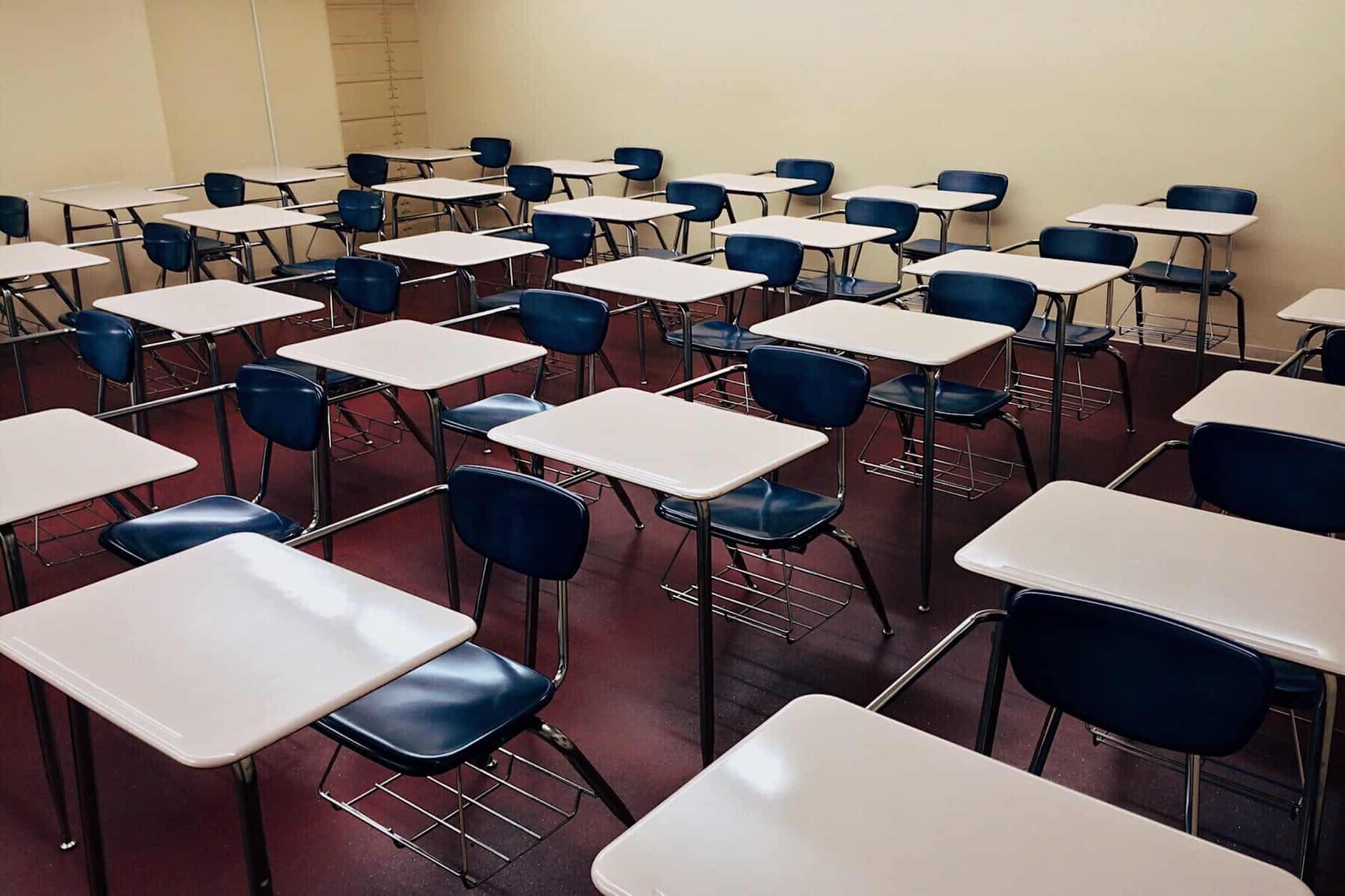Ontario nurses urging Province release plan for students to return to classrooms in September
Published July 28, 2021 at 8:03 pm

Nearly four weeks ago, the Province made the difficult decision to keep schools closed, rather than reopening for in-person learning.
The decision was made due to the fact it was so late in the year—students would have returned to classes for just three weeks—as well as the concerns associated with causing a spike in COVID-19 cases.
The Province promised parents and students that schools would return for in-person learning in the fall, once adjustments were made to ensure they were safe, and the majority of Ontarians have been able to get vaccinated.
However, it’s nearly August, school is set to return in just six weeks, and there’s still no plan in place or framework from the Province regarding how this is going to happen.
While parents and students are anxious about what the looming school year will entail, Ontario’s nurses are also concerned.
“This too little, too late approach, which was the hallmark of stages one and two of the pandemic, cannot extend to the reopening of schools this fall,” reads a letter to Premier Doug Ford from Doris Grinspun, CEO of the Registered Nurses Association of Ontario (RNAO).
Ontario is unquestionably the province hardest-hit by the pandemic—Toronto and Peel Region were subject to lockdowns for eight consecutive months, the longest of anywhere in the world.
Additionally, students in Ontario have been out of the classroom longer than any other jurisdiction in the country.
This confusion and lack of routine has taken a toll mentally on many students, and mental health among young Ontarians is at an all-time low.
Because of this, coupled with the fact 70 per cent of all Ontarians have been vaccinated, including 81 per cent of adults, many want to see students return to classrooms, including the RNAO.
“Students must return to class for the obvious educational benefits, as well as for their physical health and social interactions that affect their emotional wellbeing.”
However, because of the restrictions for youths regarding vaccines—only Pfizer has been approved for those over the age of 12, and none have been approved for those 11-years-old and younger—school-aged students represent the lowest vaccinated demographic in the province.
In order to ensure students can return to classrooms without another spike in cases of the virus, the RNAO is urging the Province prioritize reducing class sizes, making vaccinations mandatory for education workers, and making masks mandatory indoors.
Further, Ontario’s nurses are concerned with the Province’s lack of action when it comes to improving ventilation in Ontario’s schools.
“It has taken too long to recognize aerosol transmission of COVID-19 – a point that infectious disease expert Dr. David Fisman has systematically emphasized time and time again. The implications of COVID-19 being transmitted via aerosols are profound, but change in public health measures and government policy is slow in coming.
“The government’s own Science Table says COVID-19 is primarily transmitted by aerosols and respiratory droplets during close, unprotected contact, and it is recognized that aerosols play a role in longer range transmission, especially in poorly ventilated indoor areas. A report from the Science Table published on July 19 contains a detailed discussion on how to achieve and maintain adequate air quality through ventilation and filtration in schools.”
Because of the fact those who are vaccinated must wait at least 28 days between doses, as well as the fact it takes an additional two weeks after the second dose to develop immunity, time is running out for those who have not yet been vaccinated to do so before the school year starts.
“The government remains largely silent and has provided few specifics. Parents, teachers and nurses should not be forced to keep asking. Let’s prioritize the health and wellbeing of students and teachers this fall. Governments exist to lead during good times and especially during difficult times.”
INsauga's Editorial Standards and Policies


